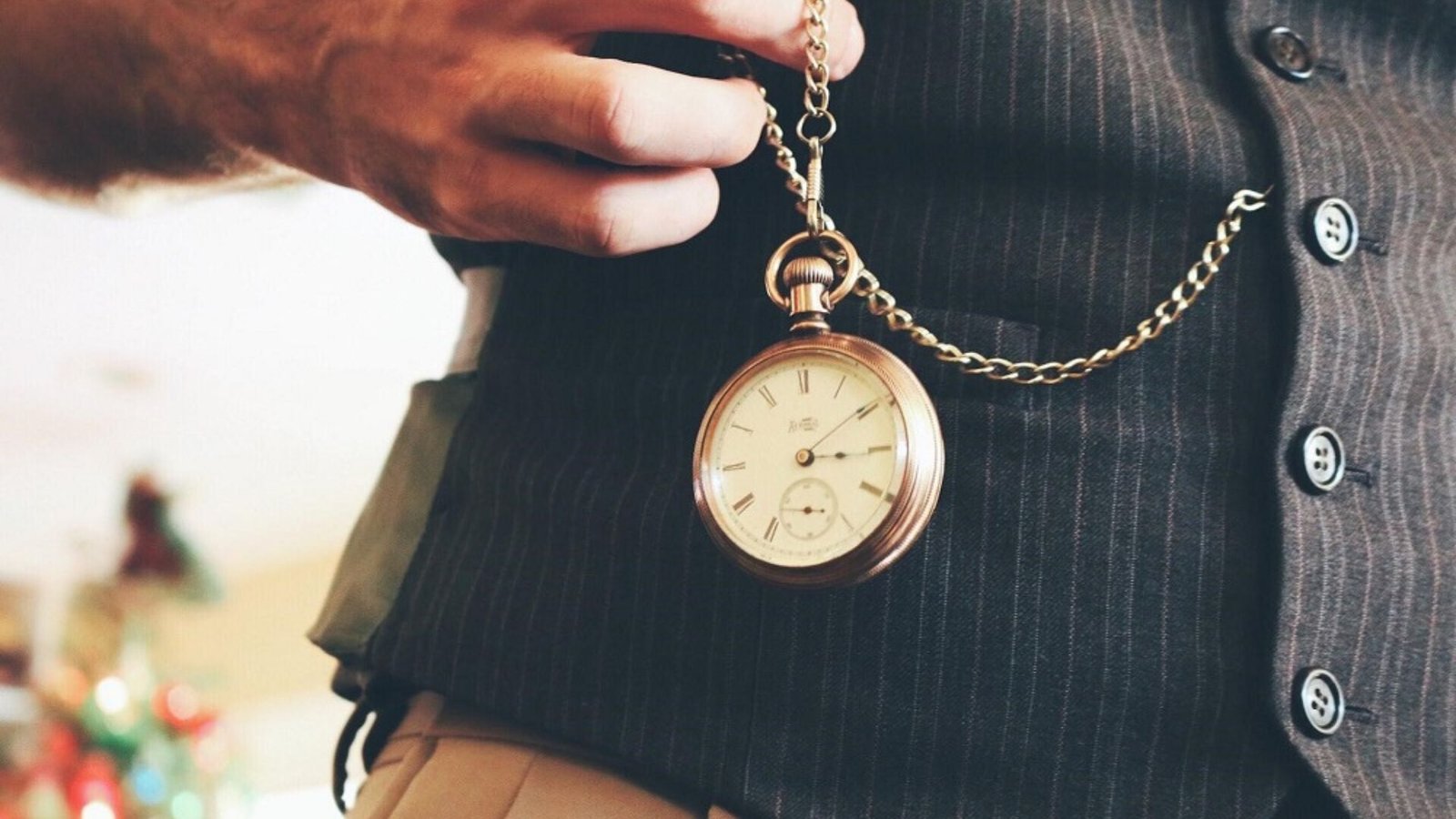Synchronizing multiple clocks in your home ensures that all timepieces are accurate and consistent, which is particularly important for maintaining a smooth and organized daily routine. Whether you have a collection of antique clocks, modern digital timepieces, or a mix of both, keeping them synchronized can enhance functionality and aesthetics. Here’s a step-by-step guide on how to achieve perfect synchronization for your home clocks.
Choose a Reliable Time Source
To ensure all clocks are set accurately, start by choosing a reliable time source. This could be:
- Atomic Clocks: These provide the most precise time and are often available online or through specialized stores.
- Radio Time Signals: Many clocks and watches can receive time signals broadcasted by atomic clocks, offering high accuracy.
- Internet Time: Use a trusted website like time.gov, which provides the exact time based on atomic clocks.
Check the Time Zone Settings
Ensure that each clock is set to the correct time zone. For digital clocks, this typically involves selecting the appropriate time zone setting in the menu. For analog clocks, adjust the time manually according to your time zone.
Set the Time on All Clocks
Digital Clocks:
- Manual Setting: Use the buttons or touchscreen on each clock to adjust the time. Follow the instructions provided in the user manual for accurate setting.
- Automatic Synchronization: If your digital clocks are equipped with automatic synchronization features, enable this function to sync with the atomic or internet time source.
Analog Clocks:
- Manual Adjustment: Use the clock’s setting knob to adjust the time. Ensure that all hands (hour, minute, and second) are correctly aligned. It’s best to set the time when the second hand is pointing to 12 to avoid confusion.
Use a Time Synchronization Tool
For homes with multiple clocks, consider using a time synchronization tool or app. Many apps are available that can help you set multiple clocks simultaneously. These tools often provide the exact time and allow you to adjust multiple clocks with ease.
Regularly Check and Adjust
Clocks can drift over time, so it’s important to periodically check and adjust them to ensure ongoing accuracy. Set a reminder to check all clocks every few months and adjust as needed.
Maintain Clocks Properly
- Battery Replacement: Replace batteries regularly to prevent time loss and ensure accurate timekeeping.
- Regular Maintenance: For mechanical clocks, such as grandfather clocks or wall clocks, schedule regular maintenance and servicing to keep them in good working order.
Synchronize Clocks with Different Mechanisms
If you have a mix of digital, quartz, and mechanical clocks, you’ll need to synchronize each type accordingly:
- Digital Clocks: Follow the manufacturer’s instructions for setting and synchronization.
- Quartz Clocks: Adjust manually, or use a radio-controlled quartz clock for automatic updates.
- Mechanical Clocks: Manually set the time and ensure that they are regularly maintained.
Consider Professional Help
If you have valuable or antique clocks that require precise synchronization or repair, consider consulting a professional clockmaker or technician. They can ensure that your clocks are set accurately and functioning correctly.
Conclusion
Synchronizing multiple clocks in your home can be a straightforward process if you follow these steps. By choosing a reliable time source, setting and adjusting clocks accurately, and performing regular maintenance, you can ensure that all your timepieces remain in harmony. Whether you’re managing digital clocks, analog timepieces, or a combination of both, these practices will help keep your home organized and punctual.


